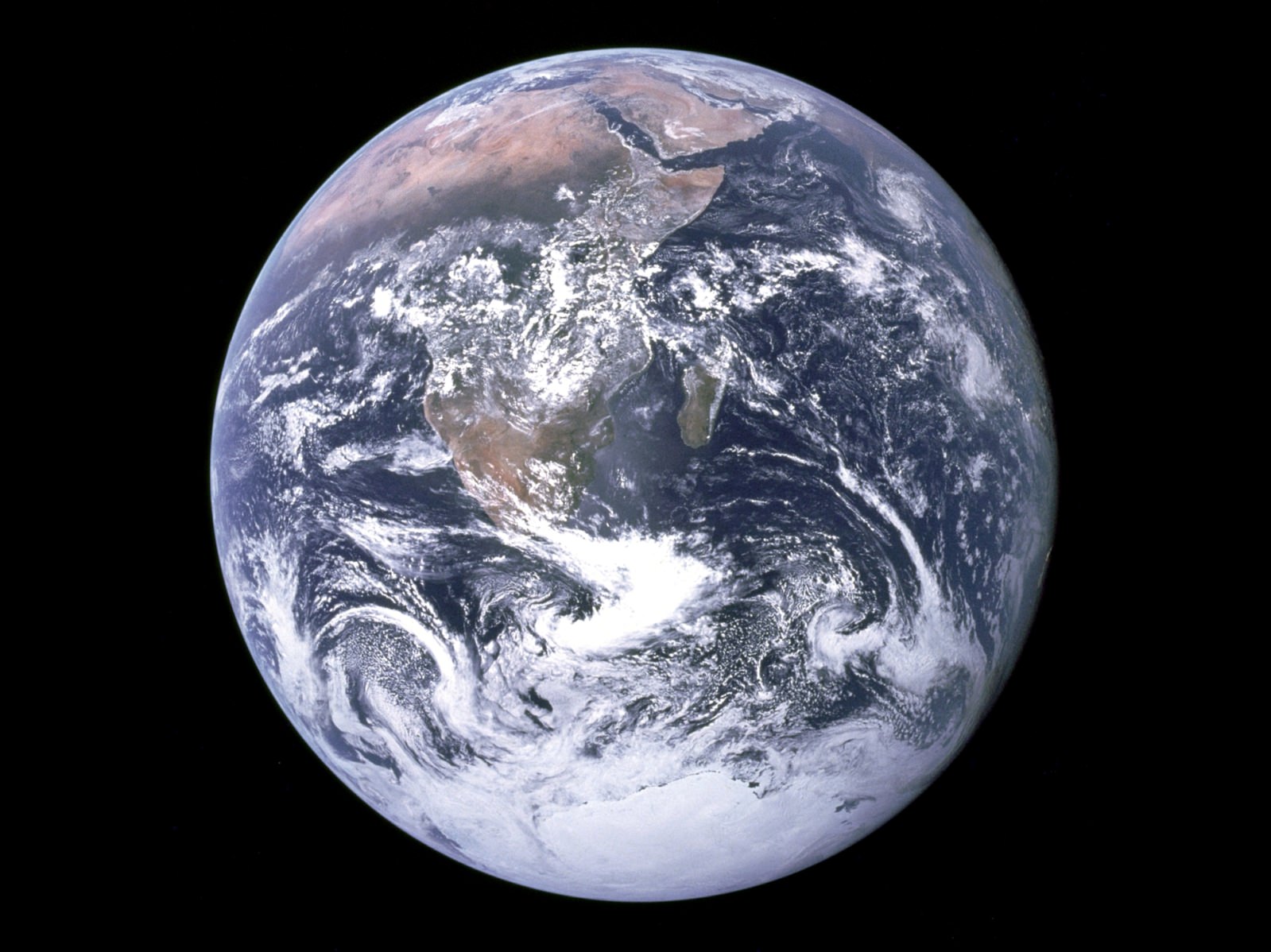Nearly two million years ago a species of upright apes known as homo erectus began to utilize fire. It was a gradual process, from opportunistic users of natural fires to masters able to craft flames from flint and tender. We are their descendants. We are creatures of forge and kiln, hearth and home. Fire has become so central to us that instead of homo sapiens, we could call ourselves homo ignus, the fire-wielding ape. Fire is central to the rise of our civilization. It cooks our food, keeps us warm, and illuminates our night. This raises an interesting question. Could we have built a civilization without fire?
Continue reading “Do Technological Civilizations Depend on Atmospheric Oxygen?”Do Red Dwarfs Provide Enough Sunlight for Plants to Grow?

To date, 5,250 extrasolar planets have been confirmed in 3,921 systems, with another 9,208 candidates awaiting confirmation. Of these, 195 planets have been identified as “terrestrial” (or “Earth-like“), meaning that they are similar in size, mass, and composition to Earth. Interestingly, many of these planets have been found orbiting within the circumsolar habitable zones (aka. “Goldilocks zone”) of M-type red dwarf stars. Examples include the closest exoplanet to the Solar System (Proxima b) and the seven-planet system of TRAPPIST-1.
These discoveries have further fueled the debate of whether or not these planets could be “potentially-habitable,” with arguments emphasizing everything from tidal locking, flare activity, the presence of water, too much water (i.e., “water worlds“), and more. In a new study from the University of Padua, a team of astrobiologists simulated how photosynthetic organisms (cyanobacteria) would fare on a planet orbiting a red dwarf. Their results experimentally demonstrated that oxygen photosynthesis could occur under red suns, which is good news for those looking for life beyond Earth!
Continue reading “Do Red Dwarfs Provide Enough Sunlight for Plants to Grow?”Scientists Discover a New Way Exoplanets Could Make Oxygen; Unfortunately, it Doesn’t Require Life

Finding oxygen in an exoplanet’s atmosphere is a clue that life may be at work. On Earth, photosynthetic organisms absorb carbon dioxide, sunlight, and water and produce sugars and starches for energy. Oxygen is the byproduct of that process, so if we can detect oxygen elsewhere, it’ll generate excitement. But researchers have also put pressure on the idea that oxygen in an exoplanet’s atmosphere indicates life. It’s only evidence of life if we can rule out other pathways that created the oxygen.
But scientists can’t rule them out.
Continue reading “Scientists Discover a New Way Exoplanets Could Make Oxygen; Unfortunately, it Doesn’t Require Life”
